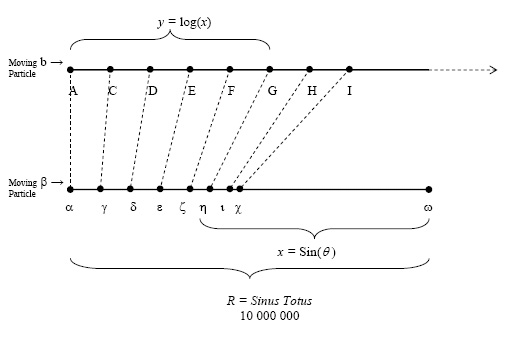
MAA Minicourse #7 ¤
January 7 and 9, 2016
Making Sense of Calculus with Mapping Diagrams
Part I
Linearity, Limits, Derivatives, and Differential Equations
Martin Flashman
Professor of Mathematics
Humboldt State University
http://flashman.neocities.org/Presentations/JMM2016/JMM.MD.LINKS.html
January 7 and 9, 2016
Making Sense of Calculus with Mapping Diagrams
Part I
Linearity, Limits, Derivatives, and Differential Equations
Martin Flashman
Professor of Mathematics
Humboldt State University
http://flashman.neocities.org/Presentations/JMM2016/JMM.MD.LINKS.html
Abstract:
In this mini-course participants will learn how to use mapping diagrams (MD) to visualize functions for many calculus concepts. For a given function, f, a mapping diagram is basically a visualization of a function table that can be made dynamic with current technology. The MD represents x and f(x) from the table as points on parallel axes and arrows between the points indicate the function relation. The course will start with an overview of MD’s and then connect MD's to key calculus definitions and theory including: linearity, limits, derivatives, integrals, and series. Participants will learn how to use MD’s to visualize concepts, results and proofs not easily realized with graphs for both single and multi-variable calculus. Participants are encouraged to bring a laptop with wireless capability.
In this mini-course participants will learn how to use mapping diagrams (MD) to visualize functions for many calculus concepts. For a given function, f, a mapping diagram is basically a visualization of a function table that can be made dynamic with current technology. The MD represents x and f(x) from the table as points on parallel axes and arrows between the points indicate the function relation. The course will start with an overview of MD’s and then connect MD's to key calculus definitions and theory including: linearity, limits, derivatives, integrals, and series. Participants will learn how to use MD’s to visualize concepts, results and proofs not easily realized with graphs for both single and multi-variable calculus. Participants are encouraged to bring a laptop with wireless capability.




